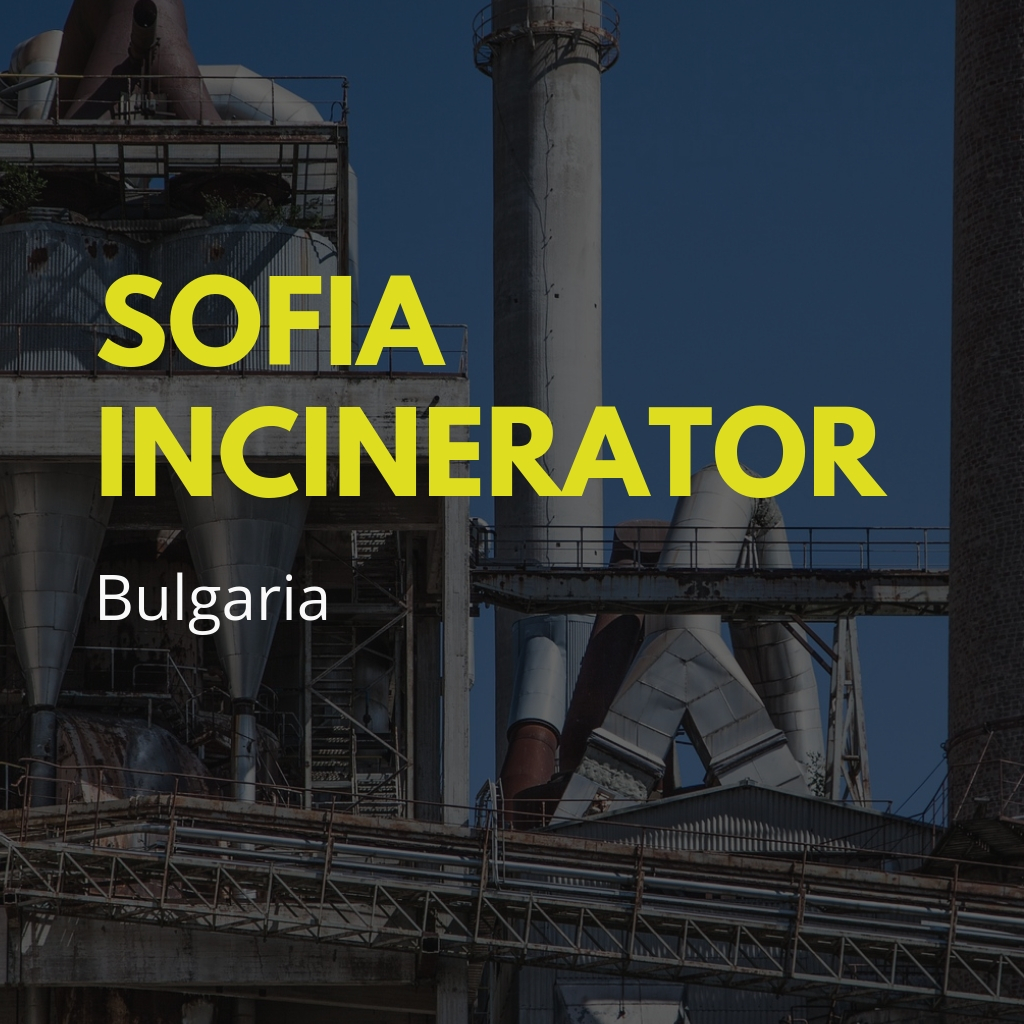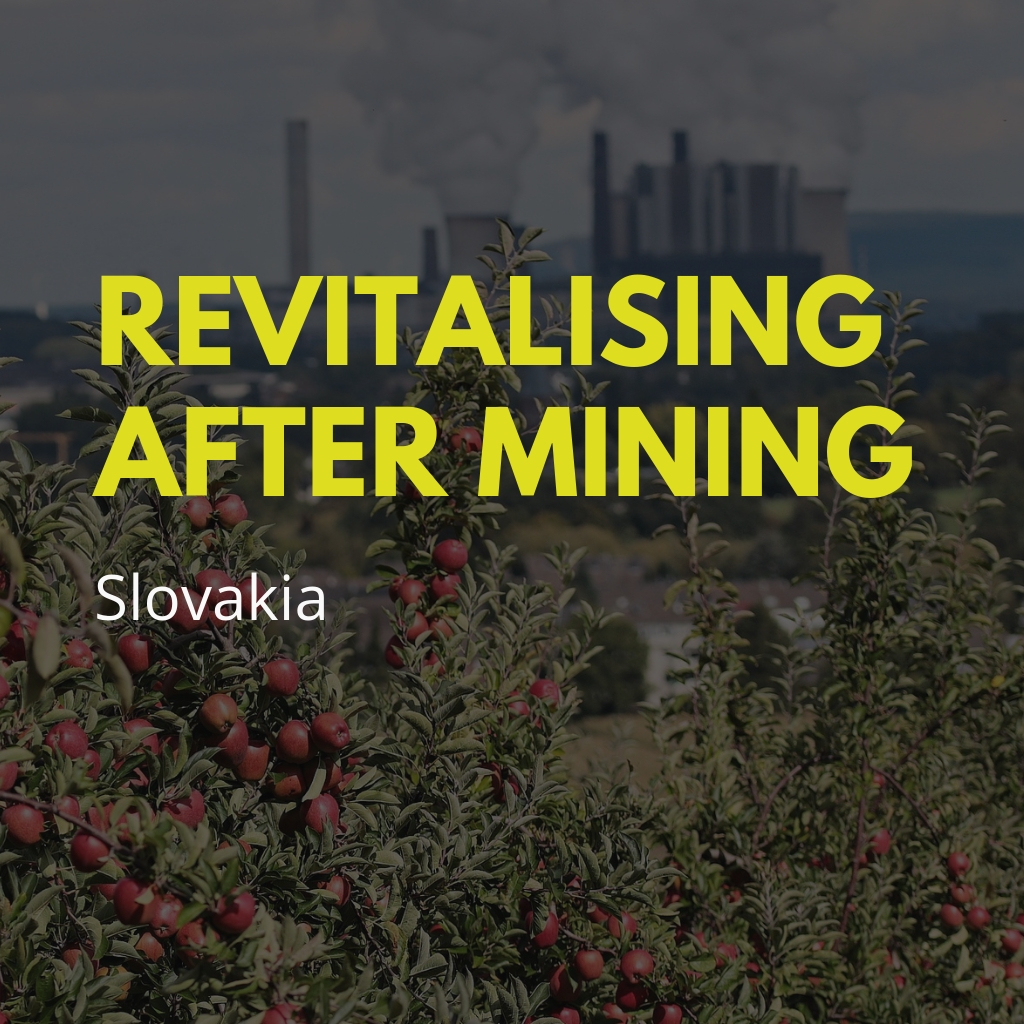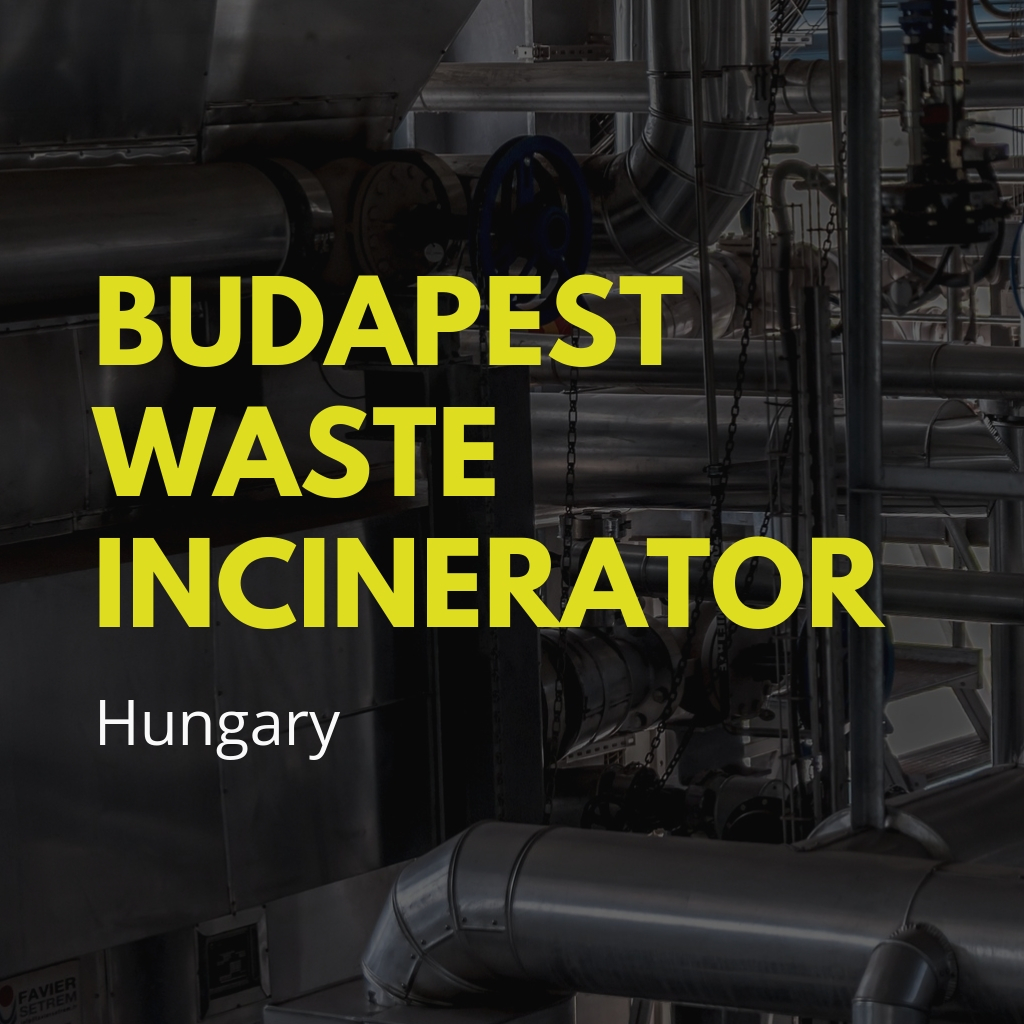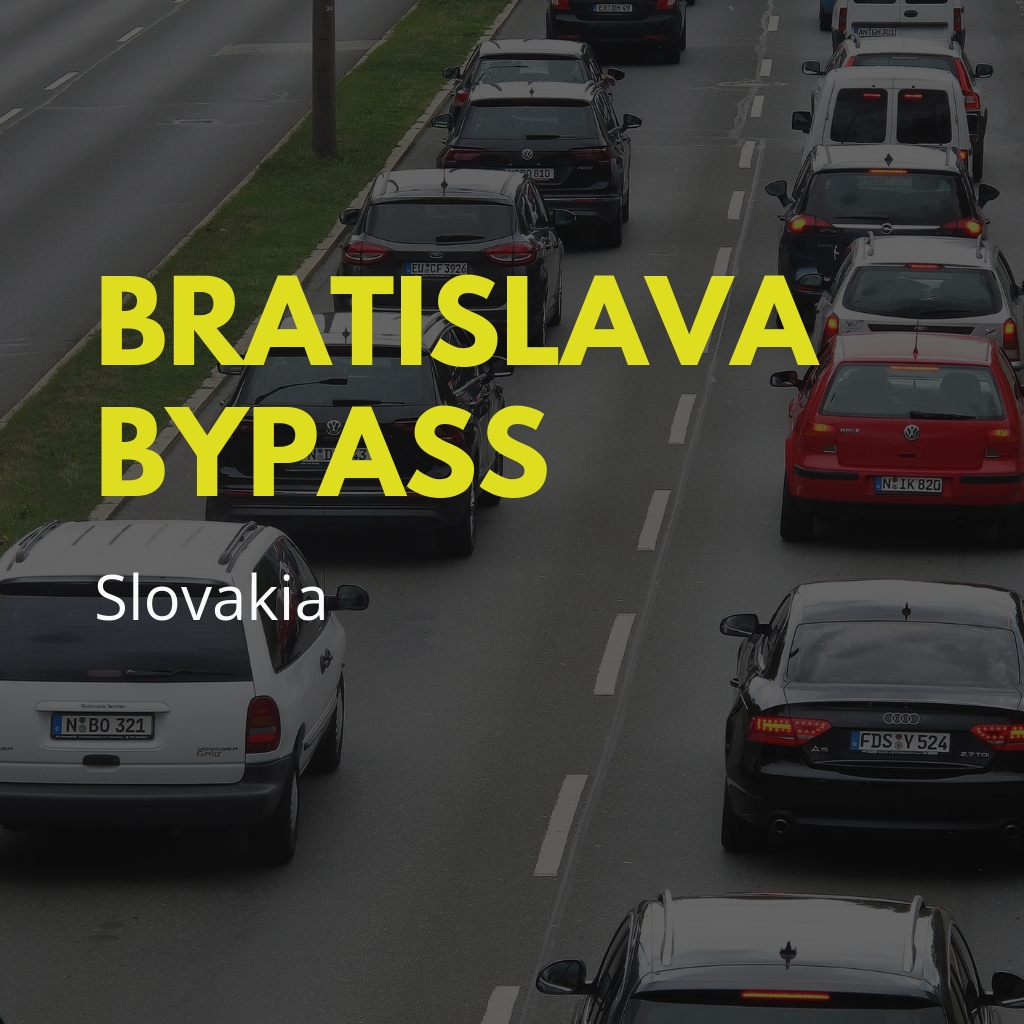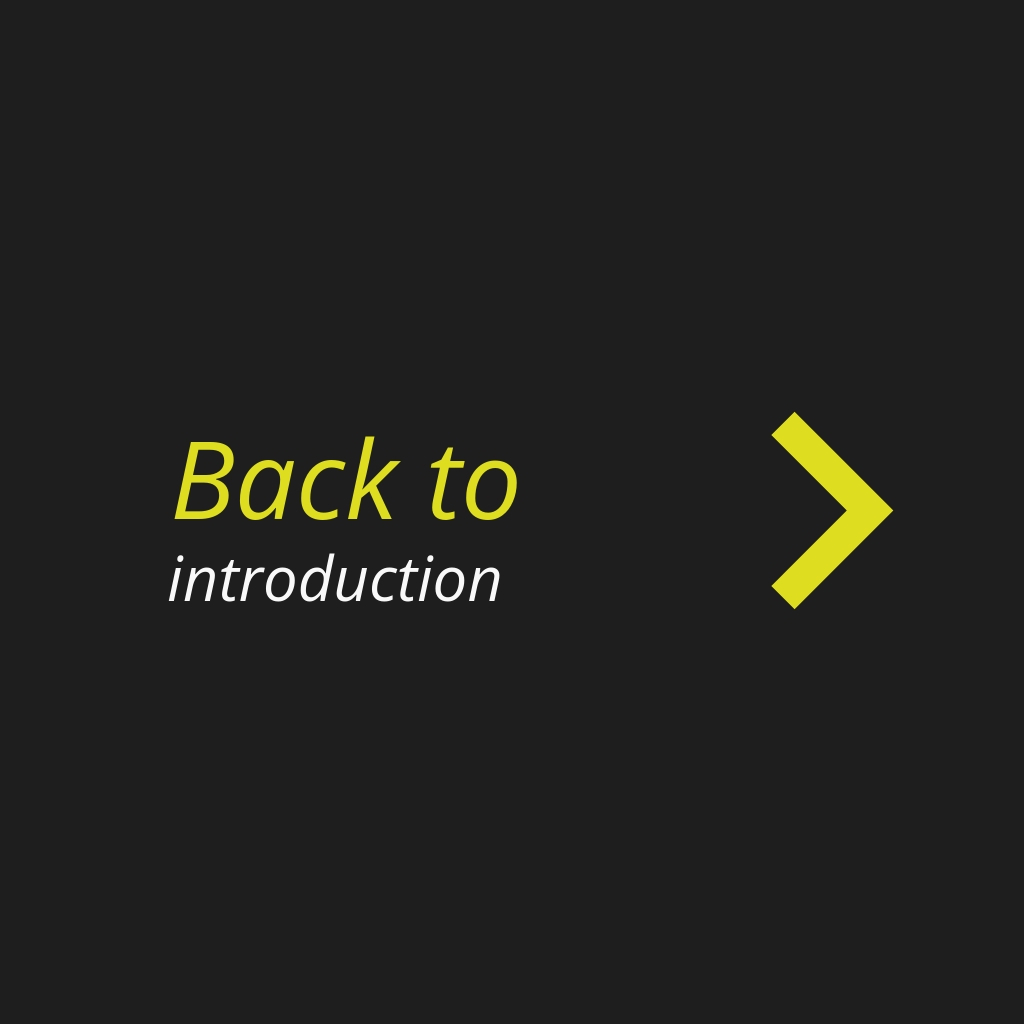The slicing of the S7 motorway
Country: Poland
A section of the S7 expressway which at one time was slated to receive funding from both the EU and the European Investment Bank has destroyed a protected population of the endangered Marsh Fritillary butterfly near Skarżysko-Kamienna in central Poland.
The case had been reported to the complaints mechanisms at both institutions, but so far the two funders have been slow to react while the project promoter, the Polish National Road Construction Agency (GDDKIA), has steadfastly refused to redesign the road and insisted instead on executing its preferred, environmentally-harmful variant.
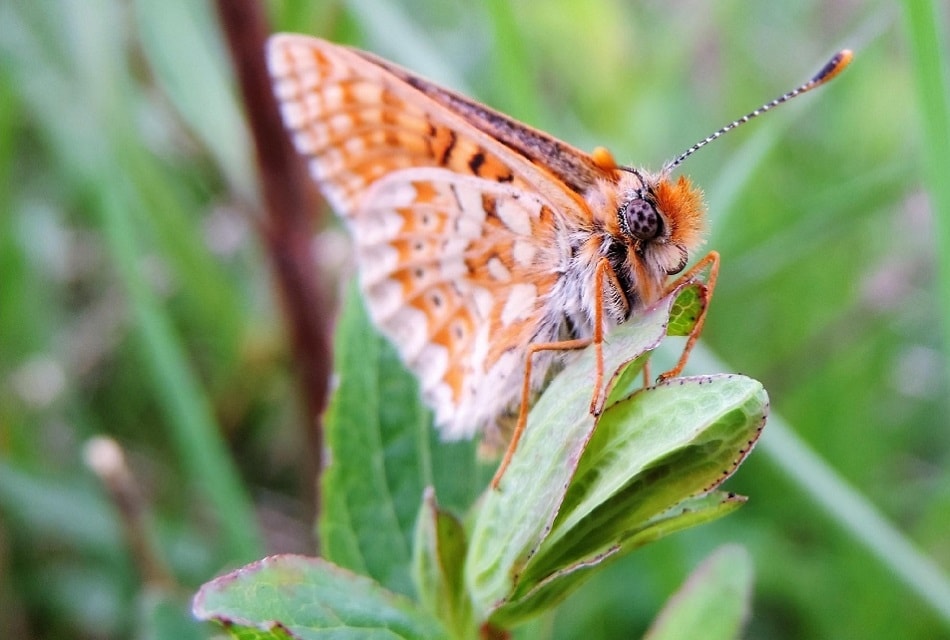
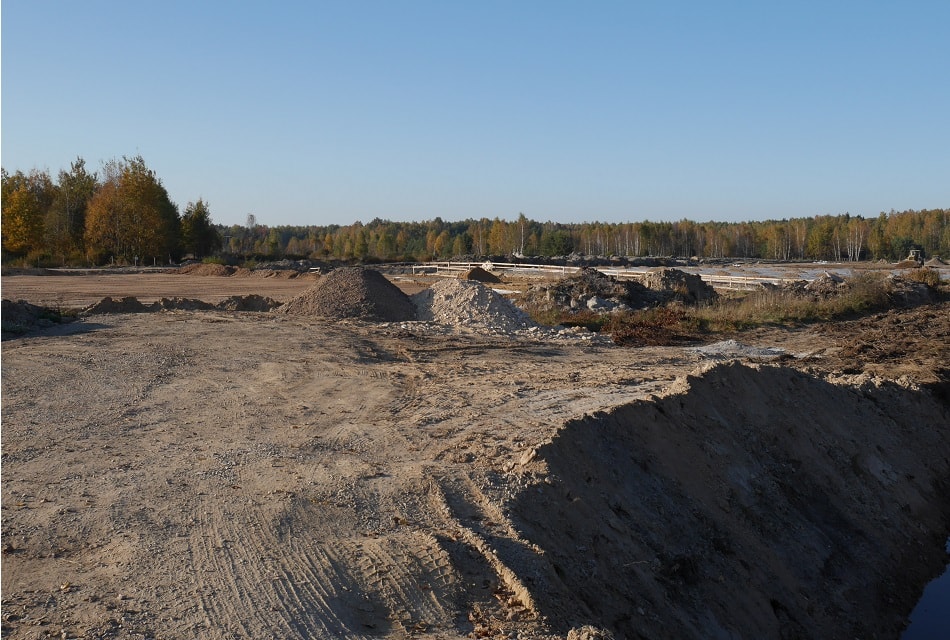
Now GDDKIA has decided to self-fund the project and forfeit support from the EIB and the EU. From its point of view, the decision has two advantages. Firstly, it was a way to finally move forward with the project, as no end was in sight to the half-hearted procedures at both funders. Secondly, this evades scrutiny of these EU institutions for that particular project. The self-funding was not a difficult thing to do because the problematic section was only eight kilometres, and GDDKIA has received plenty of EU money for the other sections of the very same road.
… the S7 expressway, which in its entirety will be remembered as an emblematic case of EU funds, has pushed an endangered species closer to extinction.
Works are underway on the eight kilometre stretch of the S7 in question, with bulldozers annihilating one of Poland’s best-preserved habitats of the Marsh Fritillary and a unique wetland ecosystem in the Oleśnica Valley. The project is expected to be completed in 2020. Unlike other sections of the S7 currently under construction, this particular stretch is not marked with billboards pointing to EU support: on paper everything is theoretically in order, but that does not change the fact that the S7 expressway, which in its entirety will be remembered as an emblematic case of EU funds, has pushed an endangered species closer to extinction.
As the body responsible for all major road projects in Poland, GDKKIA is a major beneficiary of EU funds. As part of the current EU budget, it has so far received a total of PLN 30.7 billion (EUR 7.3 billion) in EU grants for 49 road projects. Sadly, the Skarżysko-Kamienna section of the S7 is not the only case where it has attempted this kind of salami-slicing. The S3, a north-south expressway in western Poland, is another example of a road project lavishly supported by the EU, of which one particular section between Świnoujście and Troszyn threatens the Wolin National Park and the Wolin-Uznam Natura 2000 area, but which has not been submitted for financing to the EU.
The story of the S7 is a cautionary tale for the next budget, during which the EU must tighten environmental safeguards. The EU budget should not support projects whose environmentally-harmful elements have been cleverly taken out by the project promoters and should instead be used as leverage over large beneficiaries like national road construction agencies to strictly comply with EU environmental laws in all operations.


